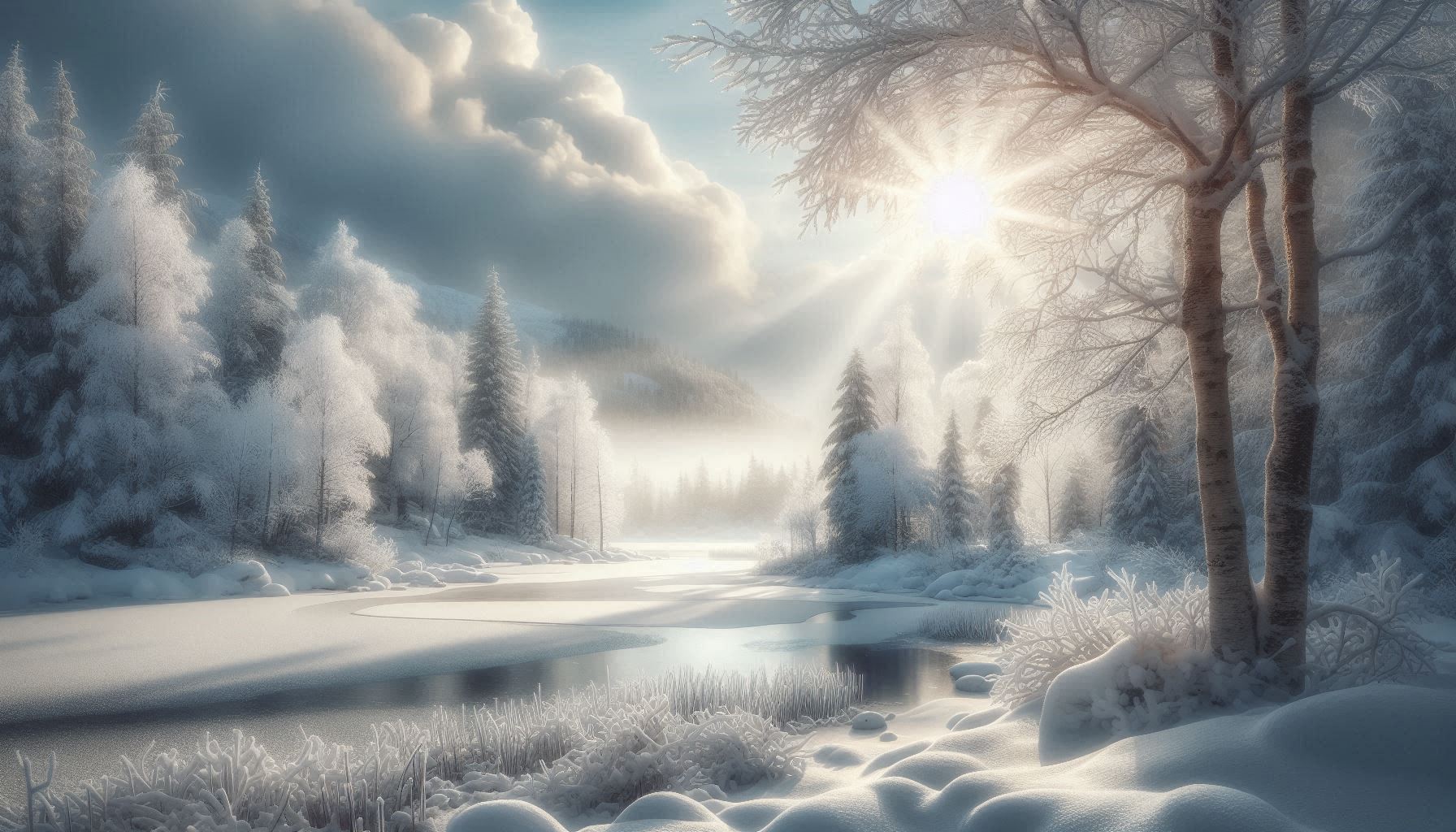When researching microorganisms living in extreme environments, it turns out that tardigrades are also incredibly durable. They are microorganisms that can withstand extremely low temperatures close to absolute zero, vacuum, high pressure, radiation, desiccation, and shocks, and are classified as tardigrades. As they are called tardigrades, they probably walk slowly. Tardigrades enter a state of hibernation called cryptobiosis, in which they enter a metabolically inactive state, giving them great durability. In particular, they can withstand desiccation by hibernating until the moisture content of their bodies is reduced to 3%, and they return to normal when they obtain water. The state of hibernation is incredible.
https://www.nips.ac.jp/release/2021/11/post_451.html
Some creatures prepare in advance by predicting that food will run out or the weather will be harsh, and go into hibernation. Strictly speaking, hibernation and slumber are distinguished by the period of time that a low metabolic state continues, but animals that hibernate by predicting the arrival of winter and sleeping in a low metabolic state to survive the winter include squirrels and echidnas, and for bears, it is called fuyumori. During this period, their heart rate and body temperature drop, and they live in an extremely low metabolic state.
https://natgeo.nikkeibp.co.jp/atcl/web/15/403964/012000030/?P=1
Other insects such as snakes, turtles, frogs, and bees also hibernate in the sense of surviving in a low metabolic state. They survive the winter in a pupa or egg state, and water fleas and horseshoe crabs can survive dry conditions for over a dozen years with special eggs called durable eggs.
Also, some creatures hibernate not only in winter but also in summer to survive harsh environments such as high temperatures and dryness. Snails and lungfish burrow into the mud to prevent drying and live in a state of low metabolism. So there is something called summer hibernation in addition to hibernation. It seems to be a phenomenon seen in tropical regions.
Some mammals go into a state of hibernation called torpor, which temporarily lowers body temperature to avoid exhaustion when food is scarce. It’s an amazing survival strategy for living things.
https://www.kurume-u.ac.jp/joint/topics/research/648ab14f94b5efb6e3764659
Plants also go dormant, enduring the cold of winter and the dryness of summer and adjusting the timing of their buds. In most cases, the dormancy period lasts for one year, but some species remain dormant for nearly 20 years. In addition, fungi seem to survive by forming clumps covered with thick walls to withstand the dryness.
https://www.u-tokyo.ac.jp/focus/ja/articles/z0508_00036.html
I think that surviving harsh environments through hibernation and renewing ecological cycles through it is a cyclical activity that is in sync with the movement and cycle of the Earth. Just as the Sun has periods of maximum and minimum activity, and periods of high and low activity, the Earth also seems to have periods of activity and periods of stagnation. It seems that the flow of the Earth’s core also flows strongly, stops, or reverses, and it is said that the Earth’s magnetosphere absorbs a lot of energy from the solar wind in spring and summer, and eats less in summer and winter.
https://www.businessinsider.jp/article/264777
A state of low activity is wisdom and ingenuity. When I think that many living things are in sync with the rhythm of the Earth by hibernating, I think that amazing things are happening all over the place. Hibernation is amazing, and the Earth is amazing.


